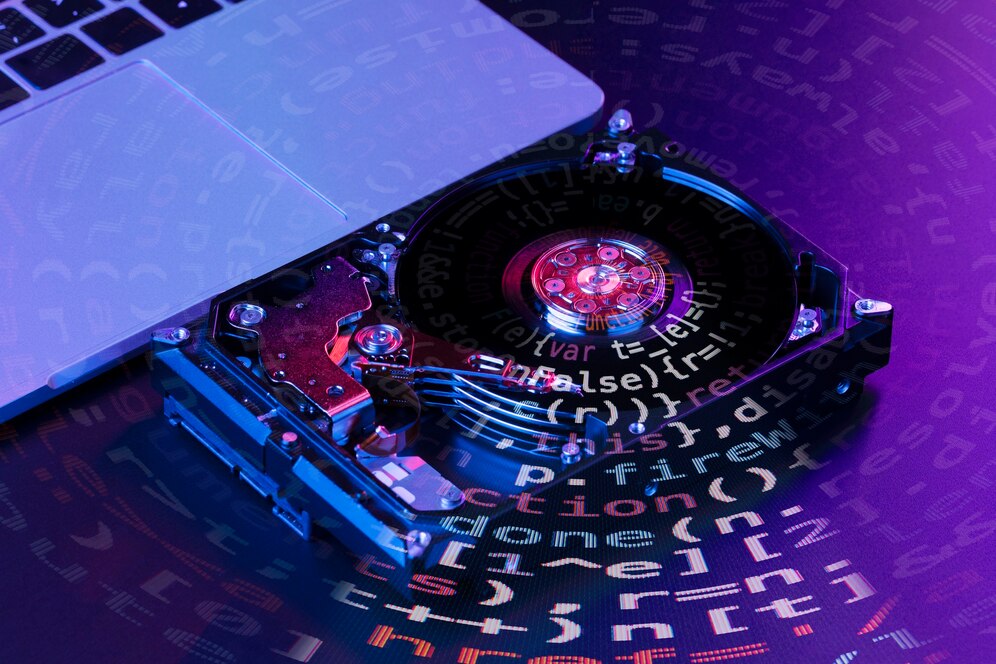Table of Contents
The Evolution of SSDs: From Concept to Cutting-Edge Technology
Solid State Drives (SSDs) have revolutionized the world of computer speed, but how did they come to be? The journey of SSDs began decades ago, when the need for faster and more reliable storage solutions emerged. This article delves into the intriguing evolution of SSDs, from their conceptualization to becoming the cutting-edge technology we rely on today.
During the early stages, SSDs were merely a theoretical concept, with researchers and engineers envisioning a future where data could be stored and accessed more efficiently. It wasn’t until the late 1980s that the first practical SSD prototypes started to emerge, albeit with limited storage capacity and high production costs.
Throughout the 1990s and early 2000s, advancements in semiconductor technology paved the way for significant improvements in SSDs. The introduction of flash memory, a type of non-volatile memory, marked a turning point in the development of these drives. Flash memory allowed for faster data access and increased reliability, making SSDs a more viable option for widespread use.
As time went on, SSDs continued to evolve, with manufacturers focusing on improving storage capacity and reducing production costs. The use of multi-level cell (MLC) and triple-level cell (TLC) flash memory allowed for even higher storage densities, making SSDs more affordable and accessible to consumers. Today, SSDs have become a standard feature in many laptops and desktop computers, offering lightning-fast performance and reliability.
Unleashing the Power: How SSDs Supercharge Computer Performance
Gone are the days when traditional hard disk drives (HDDs) ruled the world of computer storage. SSDs have quickly gained popularity due to their unparalleled speed and performance. But just how do SSDs manage to supercharge computer performance? Let’s delve into the inner workings of these innovative drives.
At the heart of an SSD lies its flash memory cells, which store data using a process called electrical charge trapping. Unlike HDDs, which rely on spinning disks and mechanical read/write heads, SSDs leverage integrated circuits and NAND flash memory chips. This fundamental difference allows SSDs to access data almost instantaneously, resulting in lightning-fast boot times, application launches, and file transfers.
Additionally, SSDs excel in random read and write operations, making them particularly efficient in managing multiple tasks simultaneously. This capability is crucial for demanding applications such as video editing, gaming, and complex data analysis. With SSDs, lag and slowdowns become a thing of the past, as their unrivaled speed empowers users to unleash the full potential of their computers.
Moreover, SSDs offer significant energy savings compared to HDDs. Since SSDs have no moving parts, they consume less power, resulting in increased battery life for laptops and reduced electricity costs for desktop computers. This energy efficiency, combined with their superior performance, makes SSDs an attractive choice for both personal and professional use.
The Anatomy of SSDs: Unraveling the Components Behind the Speed
While the speed of SSDs is an undeniable advantage, understanding their inner components is key to truly grasp their capabilities. Let’s dive deep into the anatomy of an SSD and unravel the secrets behind its impressive performance.
A critical component of an SSD is the controller. The controller acts as the brain of the drive, managing data storage, retrieval, and overall performance. It communicates with the computer’s operating system and ensures efficient data flow between the flash memory cells and the computer’s processor.
Another essential component of an SSD is the NAND flash memory chips. These chips store data in a grid pattern, with each cell holding multiple bits of data. The type of NAND flash memory used in an SSD can greatly impact its speed and durability. There are three main types of NAND flash memory: single-level cell (SLC), multi-level cell (MLC), and triple-level cell (TLC). SLC offers the highest performance and longevity but comes at a higher cost, while TLC offers higher storage capacities at a lower cost but with slightly reduced performance and longevity.
SSDs also include a cache, which acts as a temporary storage area to optimize data transfers. The cache stores frequently accessed data, allowing for faster retrieval and reducing latency. The size of the cache can vary depending on the SSD model, with larger caches generally providing better performance.
Furthermore, SSDs utilize wear-leveling algorithms to evenly distribute data writes across the flash memory cells. This helps prevent certain cells from wearing out faster than others, prolonging the lifespan of the drive. Trim technology is another important feature of SSDs, which helps maintain long-term performance by efficiently managing the deletion of data.
In conclusion, SSDs have come a long way since their conceptualization, evolving into a cutting-edge technology that has transformed computer speed and performance. The continuous advancements in flash memory technology, along with improvements in controller design and other components, have made SSDs faster, more reliable, and more affordable than ever before. As the demand for faster and more efficient storage solutions continues to grow, it is clear that SSDs will remain at the forefront of the computer industry, unravelling the secrets of computer speed.
Photo source: freepik.com

